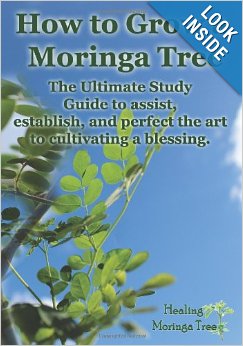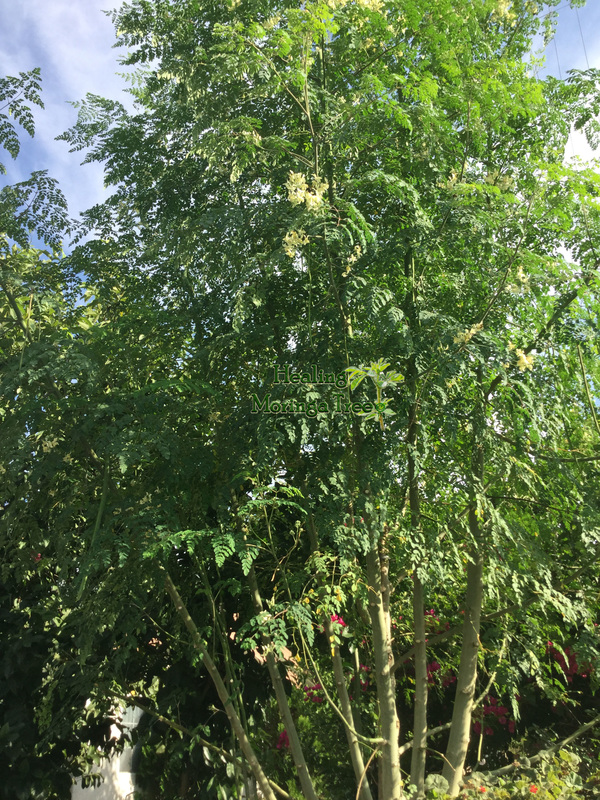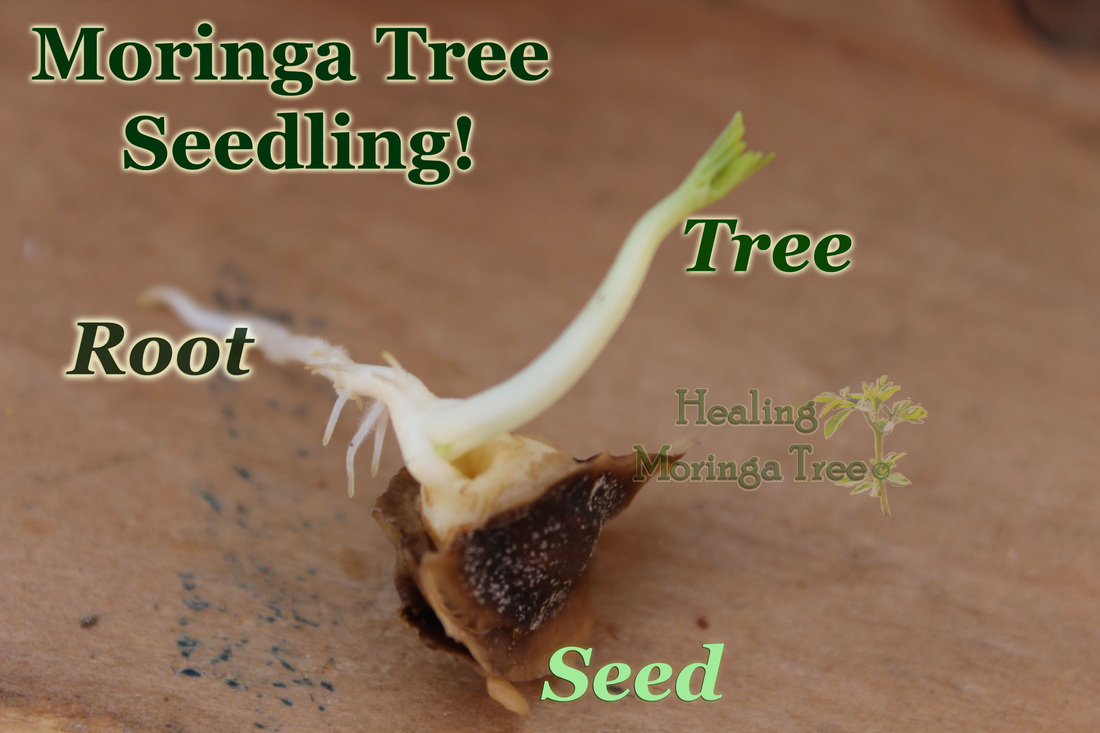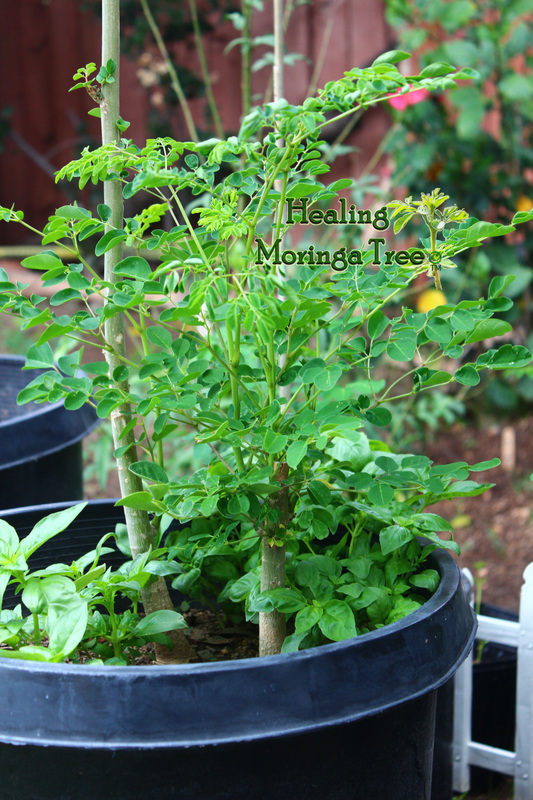Growing Moringa Tree Tips
Fast-growing, drought-tolerant and entirely edible trees.
Flourishes best in full sun exposure and/or climates of 70-90 degrees. Colder zones can grow Moringa as a perennial; where they'll grow fast during warm seasons but will die down to its root upon sings of cold weather.
Moringa Trees grows great in
US Hardiness zones 8, 9,10, 11, but can be grown in other places with precise care.
Zone map from http://www.gardenality.com/Zones/
|
*Moringa is a tropical tree, she grows best in dry, sandy soil with plenty of sun light. The Moringa isn't to fond of clay type soil that can keep their roots to wet causing mold to damage the plant.
If possible it's best to grow live Moringa trees in your yard. Remember fresh is always best to receive live enzymes. But note: When the Moringa leaves are dried correctly this value enhances enormously by 3x's and more. Moringa Germination: *You can soak seeds 12-24 hours if desired. *You can Germinate them in a wet paper towel in a zip bag or plastic container. *You can Plant then right into ground or pot. Seeds should germinate quite quickly with in 3-7 days a Moringa seeding should show. Within 2 weeks of planting your Moringa seeds, In pots or ground, you should have seedlings up and showing, healthy strong green leaves. Shortly they have distinct branches,looking like a tree. Then water them only once or twice a week. They do not like there roots soggy wet soil. This can result in rotting roots, so please have good drainage. *Water: Regularly but once it's sprouts into a seeding tree seeding water about once every 2-3 days. They should be watered once each week when mature and twice a week when young.If there young in very hot weather 1 or 2 times a day. Moringas must have well drained soil, they will die in sanding soils due to root rot. Moringa trees don't need a lot of water once they establish a good root system. *Growing Moringa Trees by Cuttings: When these trees are full grown you can cut a stem and plant, it will grow.After the trees have stopped producing fruits cut the branches so that new branches will grow and these stems are great for growing new trees. *Greenhouses: They grow well in because it gives more of a tropical climate and also help protect them when cold. *Ground: When Planting Moringa trees in the ground/yard they will grow large. Moringa can get up to 20 feet in one year.Prune them so they will not get out of hand. *Growing indoors: Grow in a Large 5-32 gal pot. With loose poting soil. You can have a nice size moringa tree. You can also use a 32 gallon trash can with wheels that will make it easy to move around and bring it in for the winter time. *Raising them in the house: In a pot you can choose size pot for how big you want the tree to grow. Growth will be stunted while it remains in the small pot similar to a bonsai tree. *Moringa roots grow downward like a carrot. *Transplanting Moringa Trees: Be Careful to keep the soil around the roots intact to prevent root shock. *Soil:They grow well in many different soils. ~Loose Organic potting soil ~Sandy Soil *Moringa trees DO NOT like Clay/Compacted soils, The can tolerate it but will not grow well or grow slow in clay soils. Adding sand to your soil will help. We like using only organic potting soil mixed with sand and our land soil which is very rich in earth worms. Please DON'T use Chemical remember these trees are to be eaten. *Temperature: Moringa grows best at 75-90 degrees or hotter, they grow fast in these temperatures. temperatures 60 degrees and under, they go dormant. The trees will die in the winter with hard cold freezes. If they don't die they can lose all there leaves, but as soon as spring and summer comes they wake up and start growing leaves again from roots or the tree that did not die. Growing Moringa in cold climates: or in winter. *They must be protected from frost. *Green houses are a great option. *Inside house in a large pot. *Heaters or warn lights near the tree. *Cut them back and cover with hay. Compost: will help the Moringa tree grow better, even though they can grow in poor soils without any fertilizers. Fertilizing your Moringa trees: Our soil is filled with earth worms, So adding some earth worms to the soil or containers. Also worm tea, worm casting/poop compost will help nourish the Moringa trees. Egg shells,fish parts Seaweed/Organic sea kelp makes a great fertilizer to help them grow strong.Some people use animal manure but we use organic Fertilizers mostly vegan. Organic we believe are the best. Moringa tree leaves turning yellow? *100 degree weather *Over-watering *Not enough sunlight *Low in Iron *Fungal disease can come from weeds and spread out on the tree's leaves slowly and kill a Moringa tree if not treated. *Pest mites. Bugs,pest and disease control: *Fungi attack on moringa leaves *Small bugs can eat the young leaves of a moringa tree. *Use natural insecticide spray can be sprayed on plant to prevent pest. (Order our natural anti-fungal plant sprays) Pruning Moringas: For the thicker moringa pruning is good,the more you cut the fuller it will be. Always cut/start from top to bottom. Cut off every other new top growth of leaves, and you will have a strong Moringa tree. It you don't prune they stay tall and spindly.They can grow up to 20 feet their first year. So if you want them under control pruning is the key. 8-12 feet is a good height to keep them under control. keeps the tree at reach. Growing a Duarf Moringa tree~If you don't have the space to grow or live in a cold area, keeping them in pots helps them "dwarf". Use a planting container, 12 inches to 18 inches wide or 3-5 gallon pot. prune as needed, remember pruning them makes them bushier with more leaves to eat. add about 5-7 seeds. because some may not sprout. |
Moringa Oleifera sprout!2 days old Moringa seedlings.Moringa cuttings for sale!1 week old Moringa Tree!Ground cluster of Moringa trees!1.Organic Potting soil
|
Video Growing Moringa Stenopetala Seedlings, first stage.
~Moringa tree germination tips~
There are different ways to Germinate seeds~
|
Paper TowelIn a cup!Recycled plastic container with lid.In peat pellets! |
























